Some of the links in this post may be affiliate links.
Do you have yellow leaves on your houseplants and are worried and concerned? Are you wondering, why are my plant leaves turning yellow? Well keep reading because there are a LOT of reasons why houseplant leaves can turn yellow! This post will help you determine why the yellow leaves are occurring and what you can do to fix the issue.
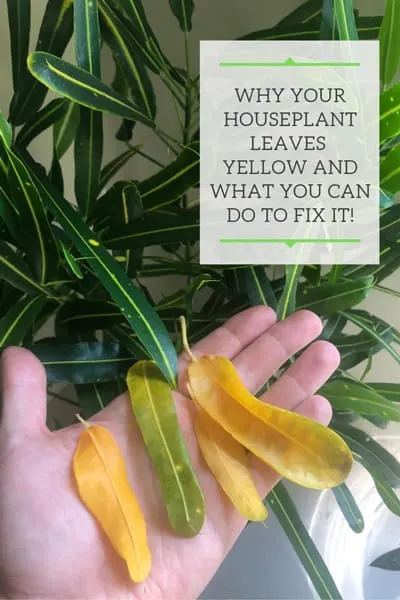
Yellow Leaves can be cause by a variety of things, including the following:
- Soil has dried out too much
- Soil has been kept too wet
- Roots are severely overcrowded
- Cold temperatures
- Nutrient deficiencies
- Improper light – Either too little or too much
- Pests
- There could be NOTHING wrong at all!
Let me go into the details of the various reasons of why your houseplant leaves are turning yellow and also things that you can do to fix it.
I would recommend reading through the whole blog post and see if anything hits home. In the end, you will need to determine what you did because there are many reasons why leaves can turn yellow!
Table of Contents
SOIL TOO DRY
This is probably one of the more common causes of yellow leaves on your houseplants. If you have kept your soil too dry, especially for extended periods, the lower leaves will tend to turn yellow.
Take my Croton for instance below. After neglecting this plant for a little too long, a few of the bottom leaves yellowed because the soil had gotten too dry for too long. Hey, I’m human too and laziness sometimes sets in.
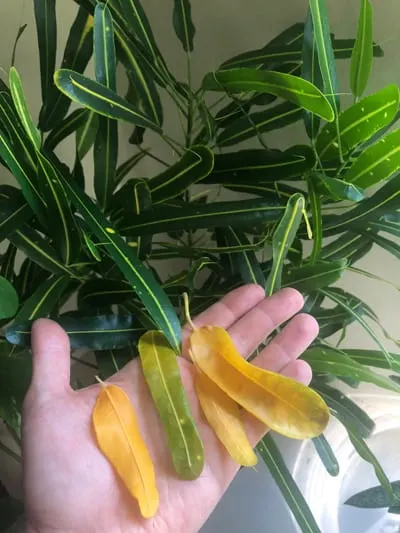
It is typical for the lower leaves to yellow in cases where you keep your houseplant soil too dry.
Of course this can happen with pretty much ANY plant. You can even dehydrate succulents, believe it or not. I have a succulent that I’ve been too lazy to repot and I neglect it pretty frequently, and even succulents will have their lower leaves turn yellow.
Take a look at the plant below to illustrate this point.
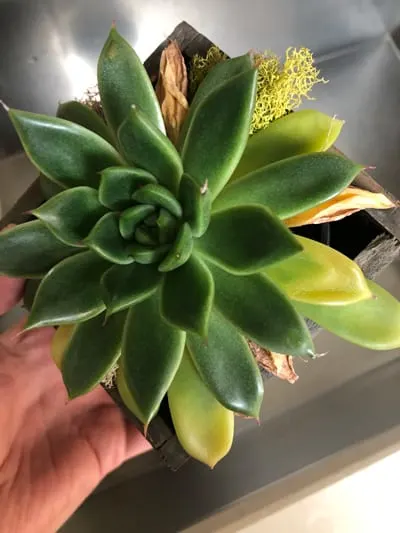
In the case of succulents , it will be the outermost leaves that will turn yellow.
If dry soil is the cause, you’ll have to just ask yourself a few questions and be aware.
When was the last time you watered your plant? If you put your finger in the soil, is it bone dry? Has it stayed dry for a long time? If so, then dry soil is probably the cause of your yellow leaves.
SOIL TOO WET
Ironically, if you keep your soil too wet, it will seem to have the same dehydrating effect on your plant as keeping the soil too dry. Weird right?? Keep reading.
What exactly do I mean by this? If you keep your potting soil too wet for long periods of time, you may experience root rot.
This is what “overwatering” actually is in real life. Contrary to popular belief, it has nothing to do with how much water that you add to your plant when you water. There are many watering myths to be aware of.
Back to root rot…if your roots are rotting, there is no way for your plant to take up water, and thus you are essentially dehydrating your leaves and they can turn yellow as a result of this as well.
I experienced this recently (unintentionally) with my jade plant. I had it outdoors and we were experiencing a very unusually wet period in our Spring. It just wouldn’t stop raining!
The lower leaves were turning yellow and simply dropping off the plant as a result.
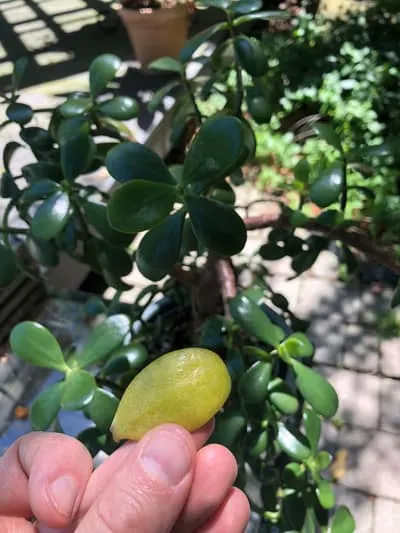
I understand why houseplant care is confusing to a lot of people. Because there can be many causes for certain things!
In the end, you just have to ask yourself more questions. In this case, I know why this happened. I just got too lazy to move the plant to a sheltered spot so it wouldn’t continue to get water.
The important part is to know WHY something happened so that you can be confident in your solution.
To avoid yellow leaves from your soil staying too wet, it is almost always a good recommendation to let the surface of your soil dry out before watering again (or before putting it back in the rain, haha!)
For succulents, I like to let the soil dry out pretty much completely, but don’t wait too long otherwise you will get yellow leaves from that too! You CAN dehydrate succulents too, believe it or not. Many people are scared to water succulents properly.
For tropical foliage plants, they will not tolerate staying dry for too long, so you’ll have to be more attentive to those.
YOUR PLANT IS SEVERELY POT BOUND
This one often goes along with the first point I made about keeping your soil too dry. If your plant is severely pot bound, your plant may also experience yellowing of leaves.
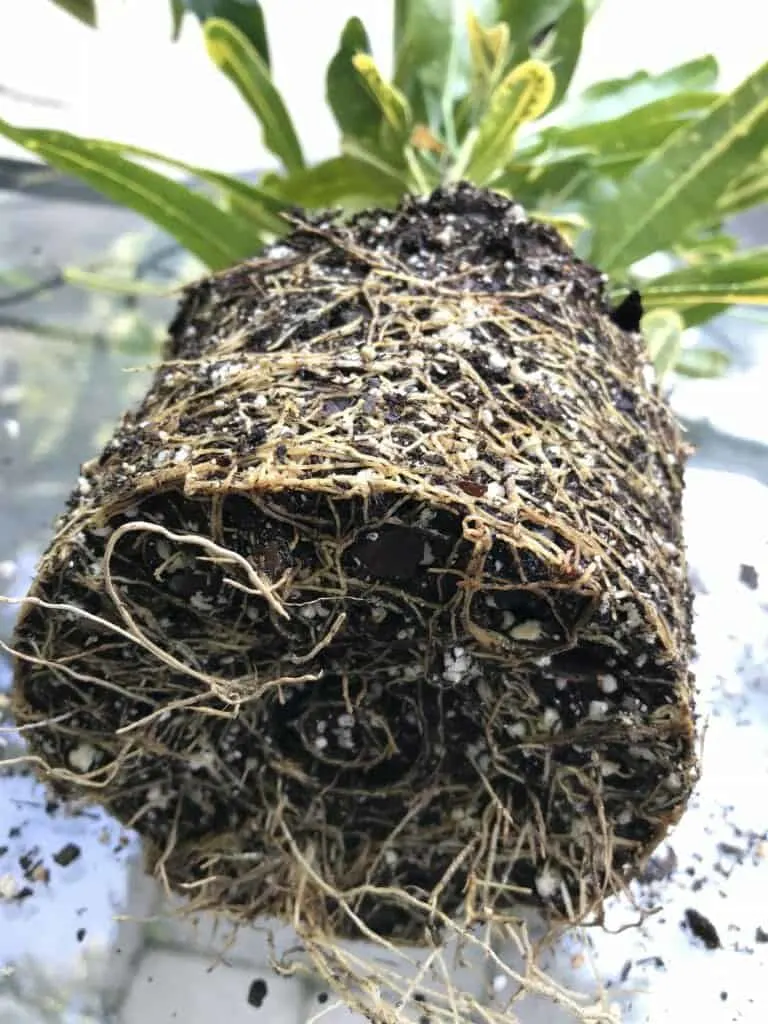
As a result of the overcrowded roots, your plant may be drying out way too quickly. In addition, the cramped roots will soon be deprived of oxygen and have nowhere else to grow.
In addition to yellowed leaves, the plant growth may be stunted as well.
To fix this, you can simply take the plant out of its pot and inspect the roots. Is your plant very pot bound? When was the last time you repotted your plant into a larger pot?
For further information on how to tell when to repot and how to repot a plant that is root bound, check out the blog posts that I wrote on those topics! There is one critical step that a lot of people miss when repotting plants so be sure to read those posts.
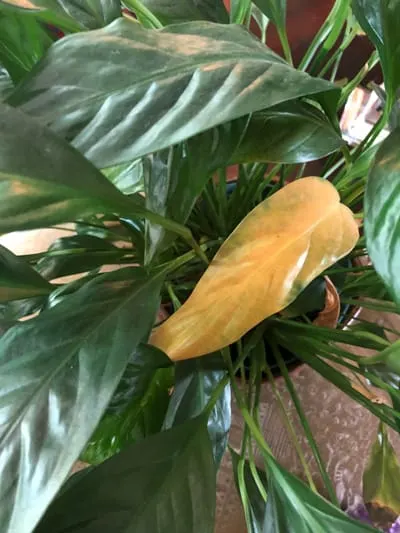
COLD TEMPERATURES OR COLD DRAFTS
Houseplant leaves can also turn yellow if your plants are exposed to cold drafts inside your house.
Do you have your plants located very close to an air conditioning vent? Or perhaps it’s too cold to an old, drafty window in the middle of winter?
Try and move any sensitive houseplants to locations away from any cold drafts to avoid this.
NUTRIENT DEFICIENCIES
Houseplant leaves can also turn yellow because of nutrient deficiencies in the soil. The topic can get quite complicated, but I’ll mention a couple points and the offer an easy recommendation to avoid this.
For example, Nitrogen deficiencies will first affect your lower leaves and then the entire plant. The leaves will turn pale green and yellow. Nitrogen is one of the major nutrients that are necessary for plant growth.
There are other nutrient deficiencies that can cause a host of other issues in your plant. The best solution is to fertilize your houseplants regularly during the growing season.
You can get away with not fertilizing your plants for a while, but eventually it will catch up to you.
I highly recommend Dyna-Gro Grow fertilizer as an all-purpose fertilizer for your plants, which I conveniently purchase from Amazon. It is a complete fertilizer and is urea-free.
Using a complete fertilizer with all the needed macro and micro nutrients will save you from headaches down the road and lead to beautiful, healthy plants (when combined with good plant culture of course!)
Regular fertilization is very critical for potted plants. You have to remember that in nature, the soil constantly gets replenished from organic matter decomposing. Indoors, we have to do our job and fertilize regularly.
One other recommendation I have is to be sure to actually MEASURE the fertilizer when you apply. Don’t eyeball it! You don’t want to risk adding too much fertilizer and then experiencing fertilizer burn.
Measure the fertilizer appropriately and follow the manufacturer’s recommendations for frequency!
Dyna-Gro Grow is an amazing fertilizer so be sure to get some and make it part of your routine!
IMPROPER LIGHT – TOO LITTLE OR TOO MUCH
Yellow leaves can also be the result of too little, or even too much light! They will look a little different though in each scenario.
Is your houseplant placed in a dark corner in your house far away from any windows? Light is SO important for your houseplants! I always recommend placing plants in front of a window.
And by in front of the window, I mean within 1-2 feet. Light intensity can decrease DRAMATICALLY with even a very short distance from a window.
If you have your plant in a dark location, you are literally starving your plant and it will not be able to sustain all of its leaves. Not surprisingly, you will have some yellow leaves.
Especially if it was brought home from a greenhouse or nursery where it was growing in ideal conditions, and you suddenly place it in a non-ideal location.
Now there ARE some plants that will tolerate growing in darker light, so check out my no-window houseplant post for that. But, your plants will do exponentially better if you place them in front of a window. Whatevery exposure is appropriate for your plant.
On the other hand, if you have a houseplant that is receiving TOO MUCH light, you may have the entire plant turning a yellowish color. Some plants may flat out fry in full sun. Others may tolerate it but turn a shade of yellow if they are receiving more direct sun than they like.
I’ve seen pothos that are growing in a lot of direct sun, and they lose their beautiful coloration and turn a yellowy color. It may not kill them, but they won’t look good.
The solution? Know what your type of light your plant likes and strive to give it the proper conditions. If you’re not sure, ask me in the comments below this blog post! I’m happy to help.
PESTS
Your houseplant leaves can also turn yellow due to a variety of pests. Spider mites can cause uneven coloring and yellowing in your leaves. Do you see any unwelcome pests or bugs crawling or flying around your plants?
If you do, check out the following blog posts that I wrote in order to help you out with prevention and safe treatment of pests:
Controlling Houseplant Pests – Bringing Houseplants Back Indoors
THERE MAY NOT BE ANYTHING WRONG AT ALL!
Finally, if you have a yellow leaf or two, there may not be anything wrong at ALL with your plant! It is very normal to plants to shed their very oldest leaves as the plant grows and gets older.
If your plant has been healthy and you notice one or two leaves (especially the very oldest ones) turning yellow, there probably isn’t anything wrong with your plant. This is absolutely normal.
If you are confident that you’ve maintained proper watering, have proper light for your houseplant, etc., this is just the natural course of a plant’s lifecycle. So don’t freak out over just one yellow leaf!
I hope you’ve enjoyed reading this blog post. Have you figured out why your houseplant leaves have yellowed? Comment below if you have any questions. I’m happy to help!

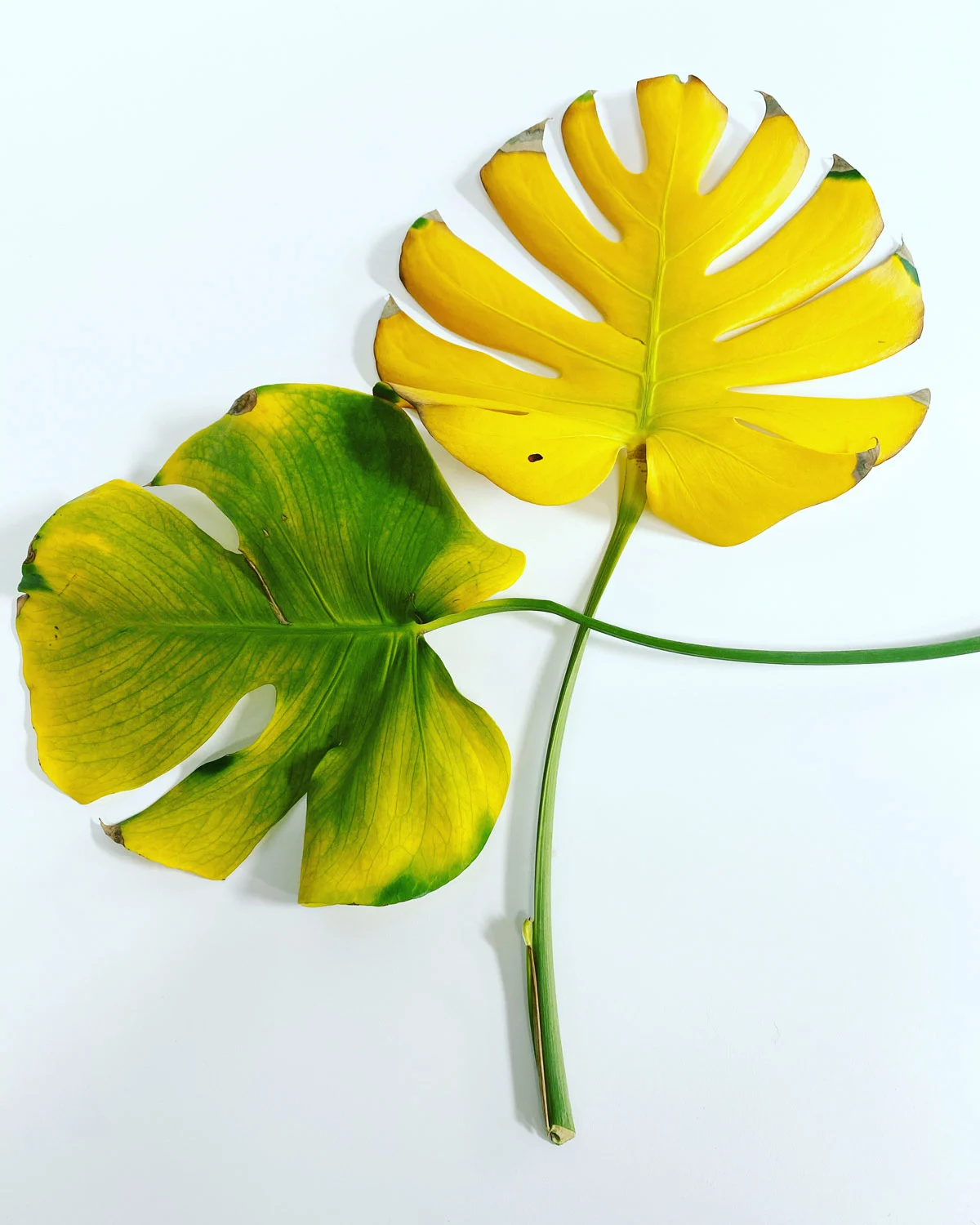
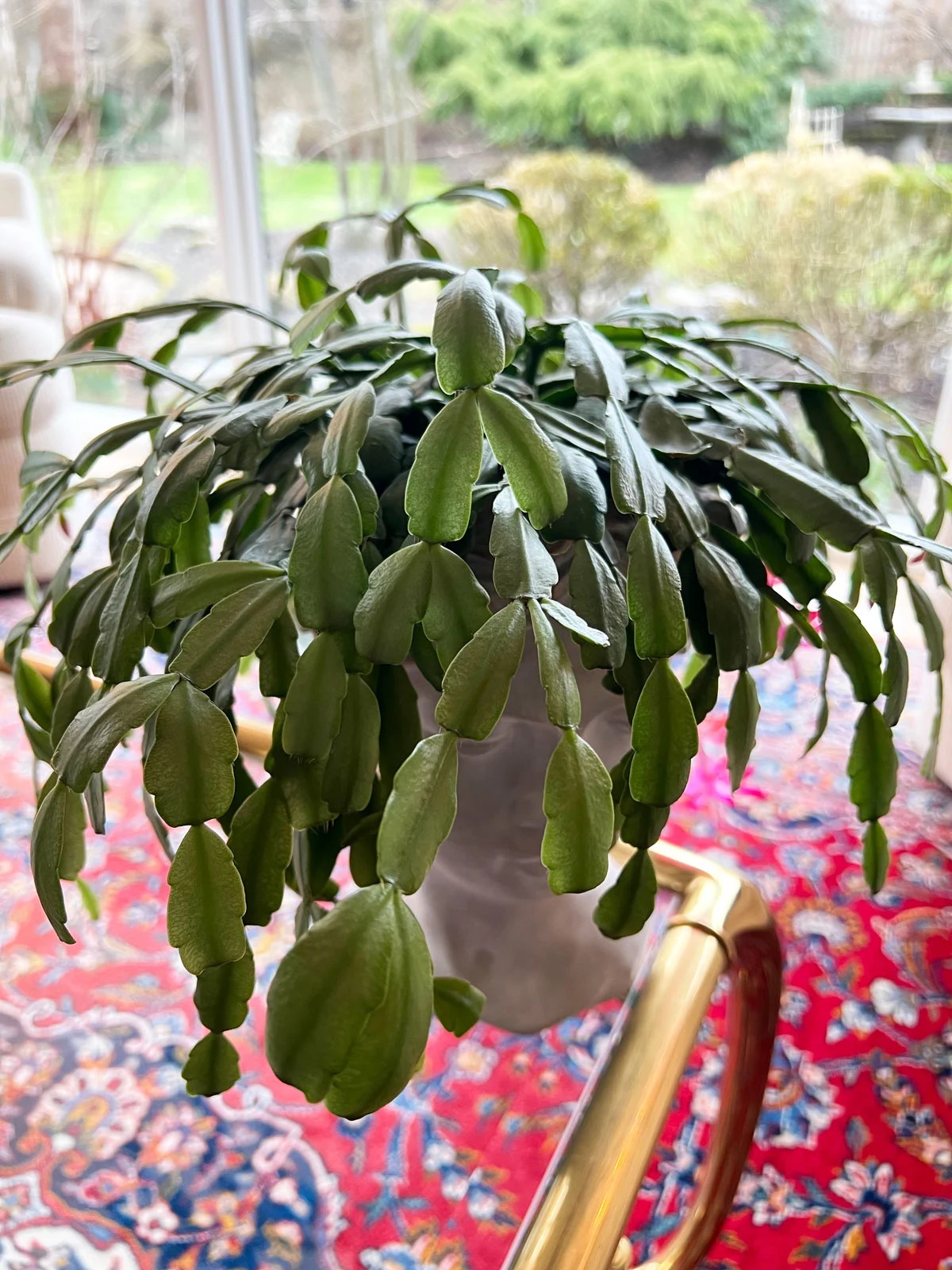
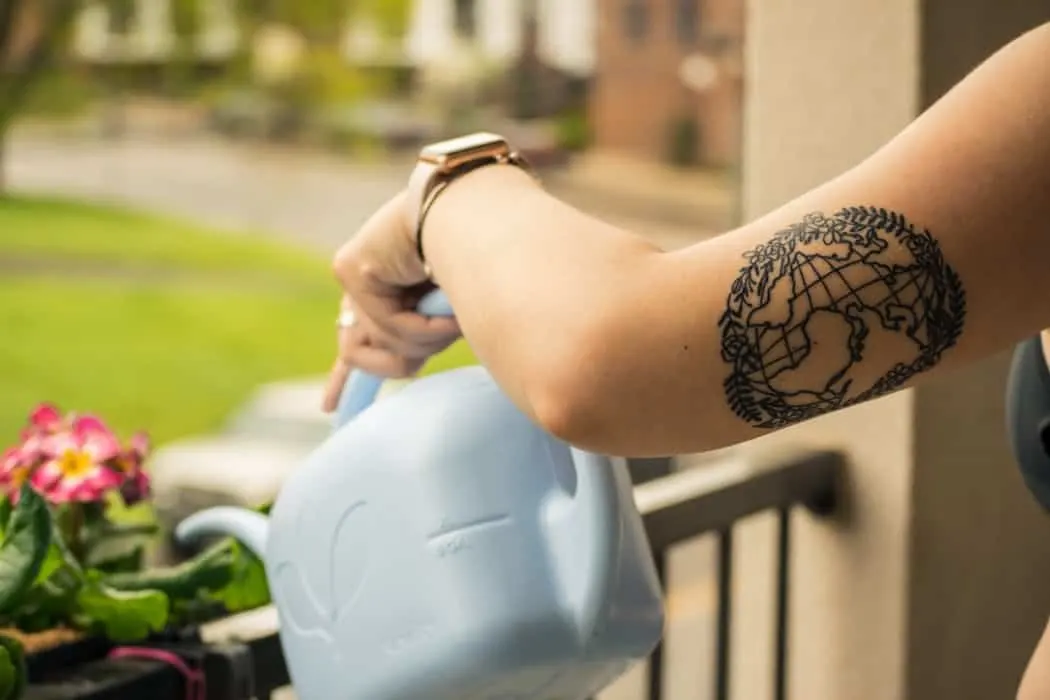
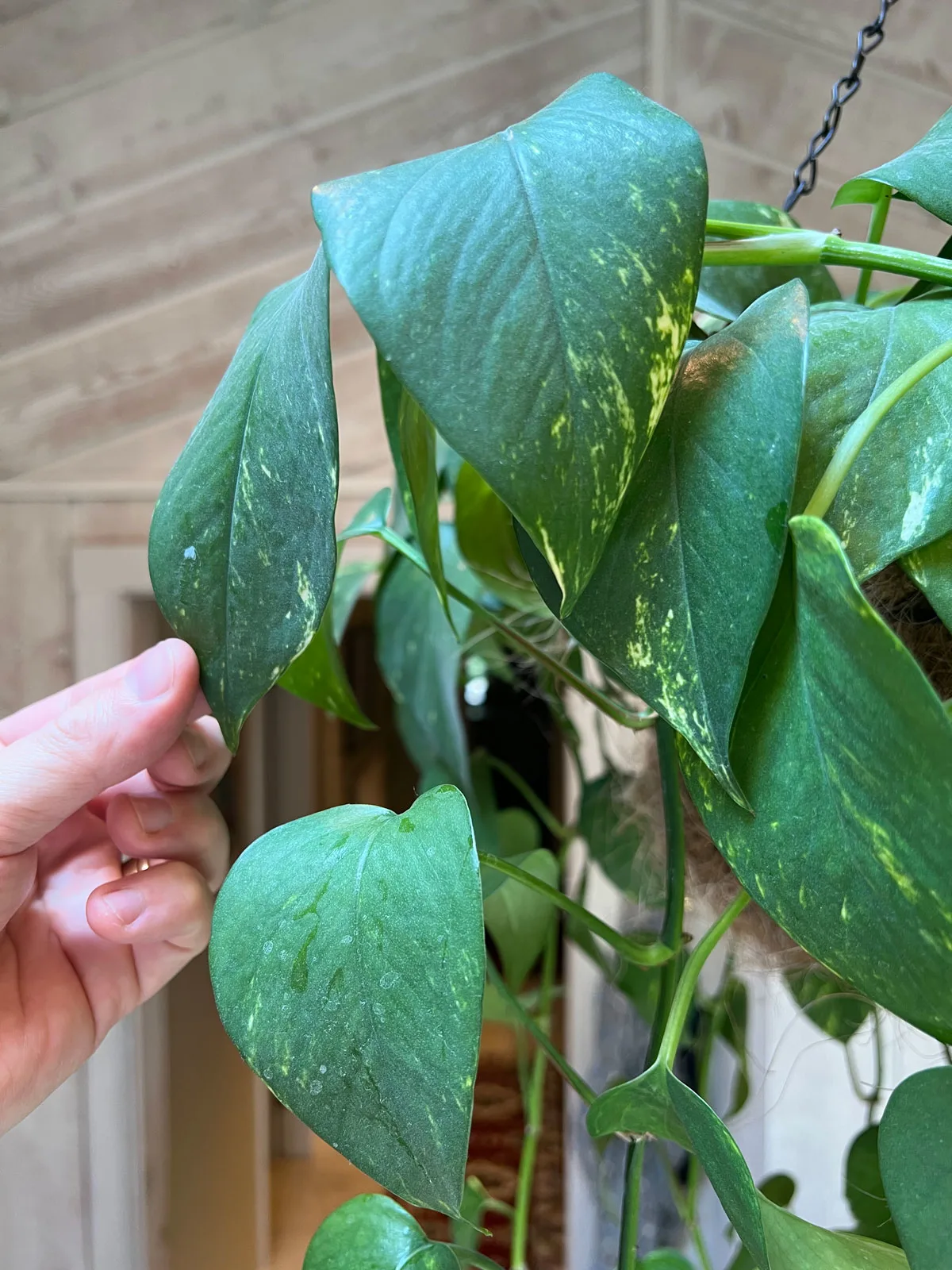
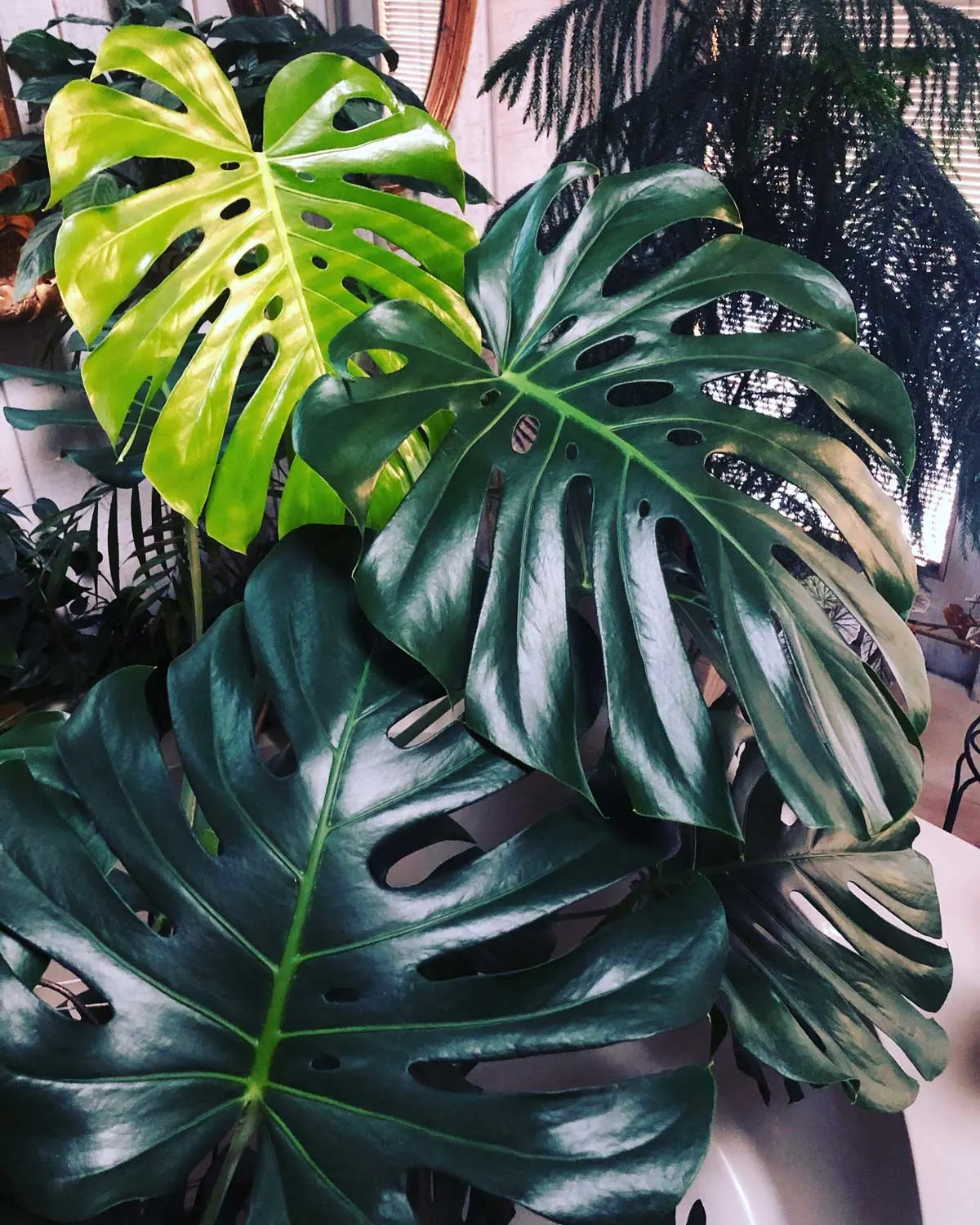
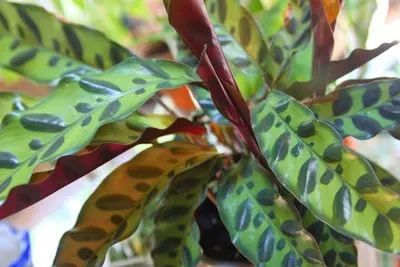
Natalie Hall
Thursday 17th of February 2022
My poor peace Lilly is wilted, leaves are turning yellow and I don’t know what to do. When the wilting started and stayed I inspected the plant and noticed at the base of the stems looked like they were rotting so I repotted. Before I did that I gently separated all roots and go all old soil washed off. Roots looked great still. Now it is not showing any life. The wilting is getting worse and a lot of leaves are turning yellow. Please help!
Raffaele
Thursday 17th of February 2022
Hi Natalie, sorry to hear about your plant, but I'd need to ask a lot of questions in order to help you diagnose your issue get at the true cause. I can try and help you by email, but the most effective way would be a schedule a consultation where I can freely ask questions.
Tanya
Thursday 26th of November 2020
My rubber plant has lost all its (older and bigger) leaves in the center of its stem, but the very lower leaves and the very upper leaves are all healthy looking, albeit small, but I’m guessing that’s because they are relatively new growths? The middle leaves that have fallen off have done so over the course of a couple of months and they were the original leaves on the plant. It actually started happening after I had repotted it when they started looking yellow to begin with and underneath they all turned paler green (in addition to the front of the leaves turning paler and yellower before they fell off). I don’t know if it’s because I overwatered it initially (which is one of the reasons I decided to repot it) or if it’s because I’ve been hesitant to give it much water since my first mistake of overwatering it and now it’s too dry? The first inch of soil feels very slightly damp now, but down a little further it’s damper; not wet, but damper than the top inch. The remaining leaves all look pretty healthy (dark green and shiny, albeit small) I have noticed, though, that some of the leaves are starting to reach upwards and a couple are starting to curl inwards? Help! I really don’t know what’s wrong with it now and I truly don’t’ know what to do to take care of it so it doesn’t keep losing leaves?
Raffaele
Friday 27th of November 2020
Hi Tanya! Can you please send me a photo of your plant, including the pot. Use the contact form on my website, and when I reply, you can attach the photos. In the email, please tell me about the following: How big was the old pot (diameter) that it was in, and how big is the new pot? Where do you keep the plant (distance from a window, and exposure of the window) and how you approach watering. What kind of soil mix did you use?
Sarah
Monday 9th of November 2020
Hi there!
I am a pretty recent plant mom and have been attempting to take care of a pretty developed Orange Daylily, and have found that the flowers are falling off, and almost ALL of the bottom leaves are turning brown then yellow. The stems are still a healthy green. When I got them from the nursery, they said to water it once a week, which I have been following. It is such a pretty plant and I just can't figure out why it's turning yellow :( Hope you can help, Sarah
Raffaele
Thursday 12th of November 2020
You said you have an orange daylily? Those are outdoor perennials. Unless you have another plant on your hand? Can you send me a photo? Use the contact form on my website, then when I reply, you can attach your photos of the plant.
Chelsea
Tuesday 27th of October 2020
This was very helpful! I have a monstera that has been happy and green for almost a year and a half, boom all of a sudden one leaf turns yellow, turns out it was the very bottom oldest one likely just shedding off :) Thank you!
Raffaele
Thursday 29th of October 2020
You're very welcome Chelsea!
Pradipta Kumar Bhuyan
Friday 11th of September 2020
Hi Raffaele, My ZZ plant leaves towards the outer border in one of the branch has turned yellow.Simillarly many leaves in my rose plants turning yellow and dropping.please mention the reason and the remedy.Thanks for the informations above.